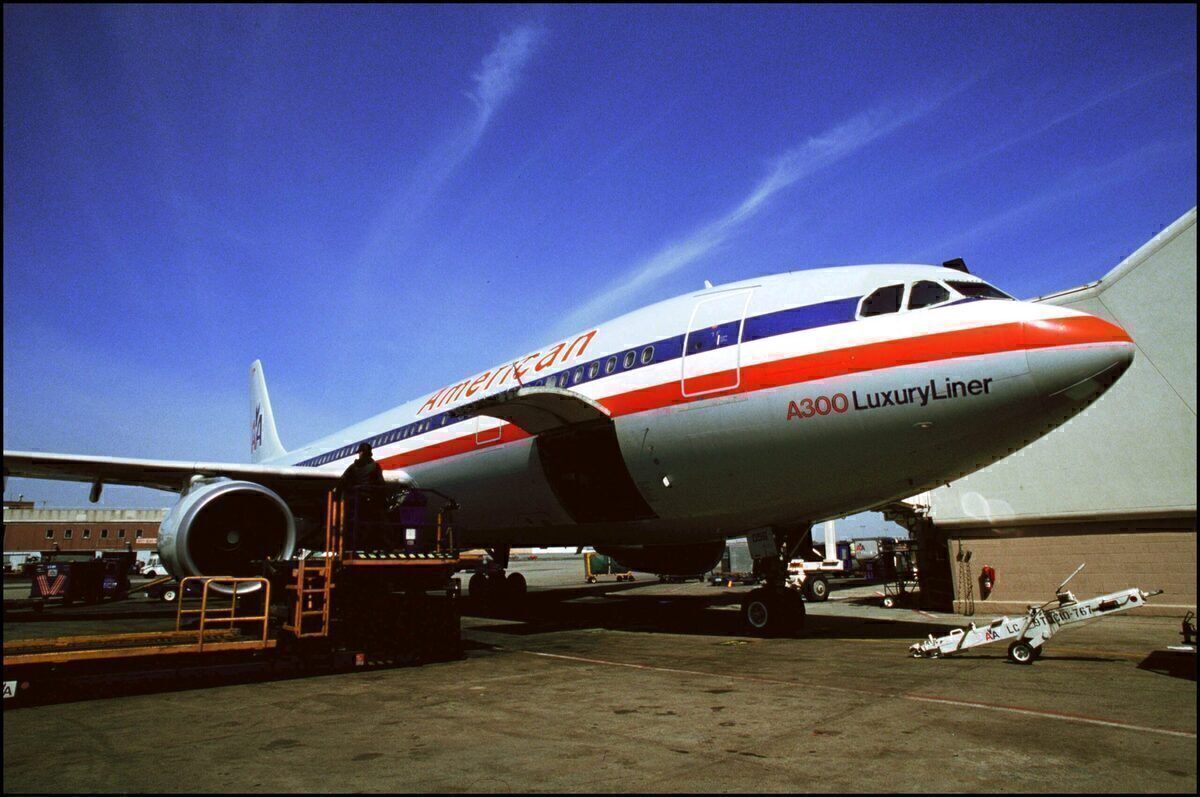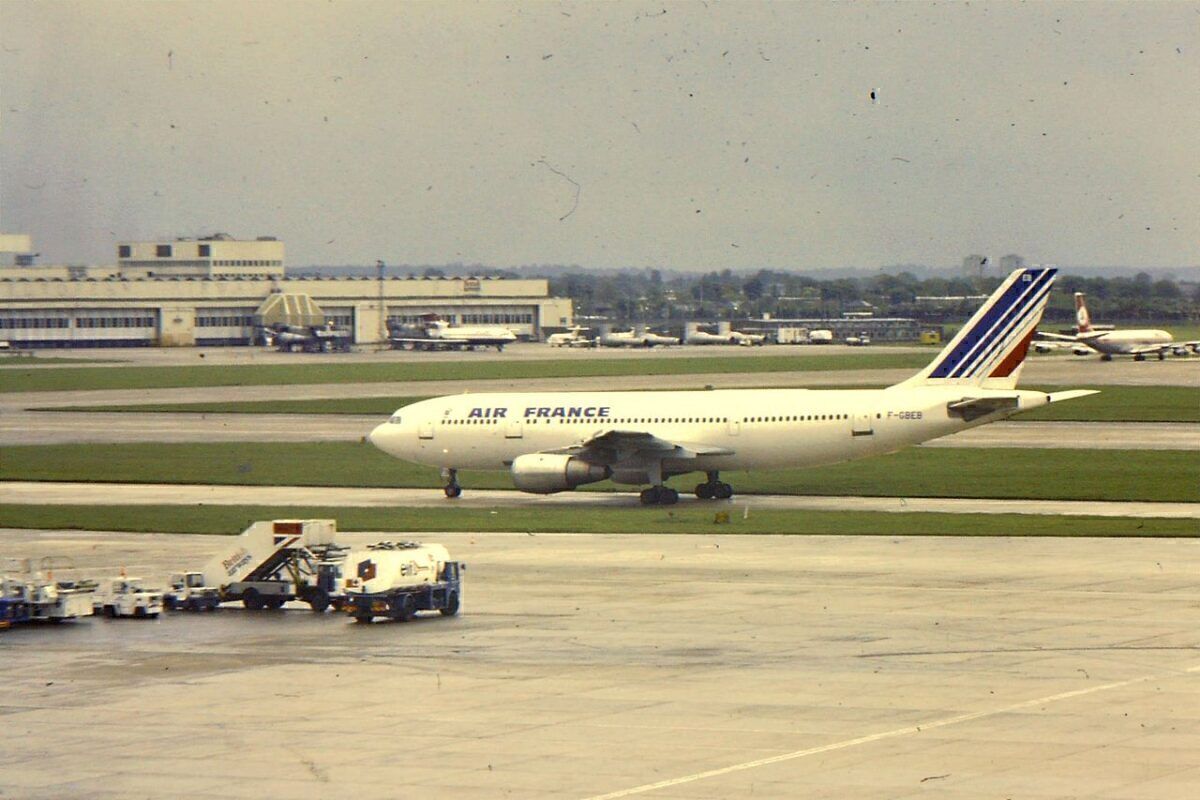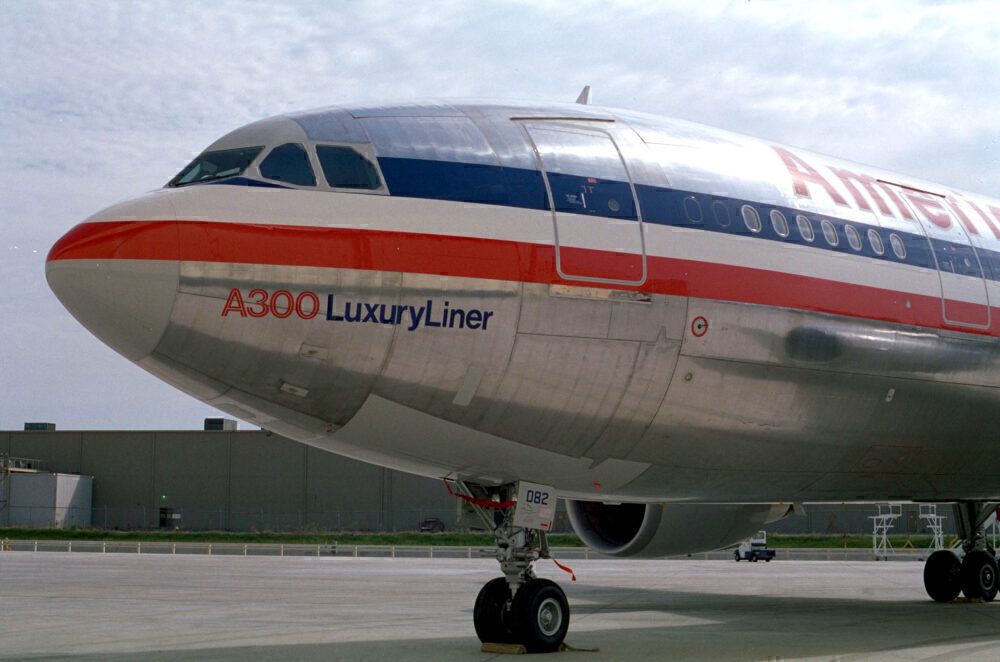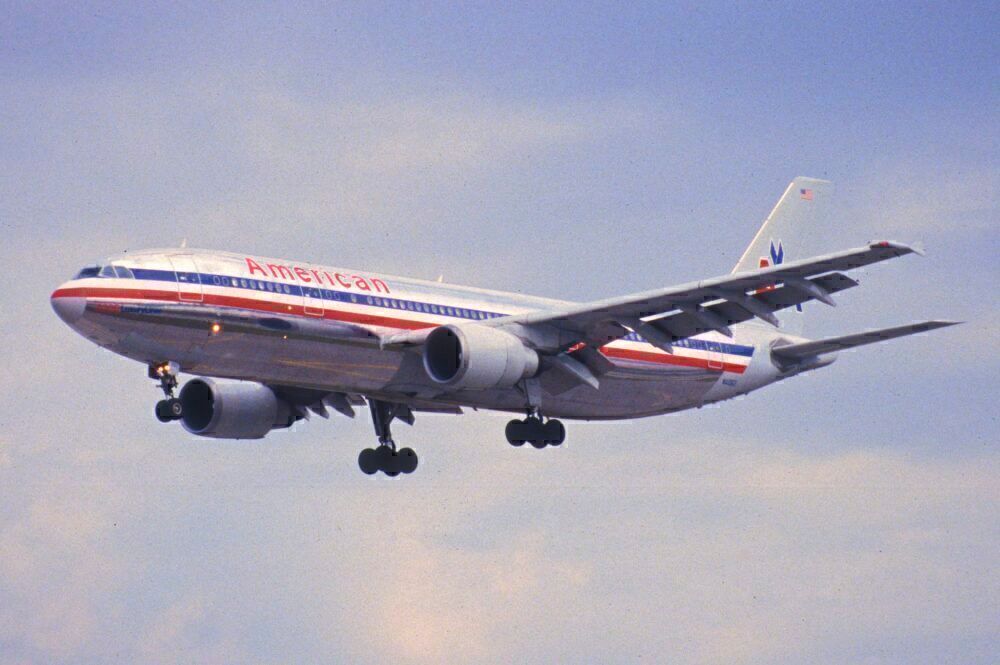American Airlines operated a fairly sizeable fleet of Airbus A300 aircraft between 1988 and 2009. The A300 was the world's first twin-engine widebody jetliner, and it served the Dallas/Fort Worth-based US legacy carrier well over this 21-year period. Let's examine its time at the airline more closely.
American's A300s could carry up to 266 passengers in a two-class layout. With a maximum range of 4,070 nautical miles (7,540 km) when fully loaded, the airline saw the A300 as an ideal fit for its Caribbean and northern South American routes.
Off to a slow start
Developed by a consortium of aircraft manufacturers in the UK, France, and West Germany, the counties involved in its manufacture signed a Memorandum of Understanding in September 1967. Two years later, the UK withdrew from the project, leaving just the French and Germans to develop the world's first twin-engine widebody jetliner.
This event spurred the creation of Airbus. Today, the company represents one half of the significant Airbus-Boeing duopoly when it comes to producing commercial aircraft. Air France was the launch customer for the A300, and it introduced the plane into service in 1974. To begin with, Airbus was reliant on Air France and German flag carrier Lufthansa for orders. This was because many airlines felt obliged to operate domestically-produced aircraft.
Stay informed: Sign up for our daily aviation news digest.
To combat this, Airbus sent the A300 on a six-week tour of North America. This would give airline executives and financiers a first-hand look at the European offering. One of those executives who took a look at the A300 was former astronaut and then CEO of Eastern Airlines, Frank Borman.
The aircraft offered 30% fuel savings compared to Eastern's existing three-engine Lockheed L-1011 TriStar jetliners. As such, Borman leased four A300s, before placing an order for 23. This was the first US order to be made.
American Airlines joins the party
American Airlines also eventually placed an order for 25 A300s, with an option for ten more, to start delivery in 1988. This came at a time when Boeing and American were arguing over the 767-300, and the terms the Seattle plane maker wanted for the aircraft.
Stay informed: Sign up for our daily aviation news digest.
Airbus was now touting their updated A300-600 that they were willing to sell and lease at a favorable price to American Airlines. Eventually amassing a fleet of 35 A300s, American found that it was the perfect aircraft for their shorter but high-demand routes to Latin America. The A300s sizeable passenger capacity and its effectiveness as a cargo carrier served American well during its 21 years with the airline.
The end of the line in 2009
The last American Airlines A300 flight took place between Miami International (MIA) and New York (JFK) on August 24th, 2009. Before the departure, the carrier held a celebration for 150 guests, as well as giving the aircraft a traditional water cannon send-off.
When talking about the A300 with Airbus, American Airlines Chief Pilot Delvin Young said:
"For those of us that flew the A300 at American Airlines, it was an aircraft that stole our hearts. It was more than an airplane, it was also the character and personality of the people that flew and worked it. We were an airline within the airline. We were, and are still, a family - including our friends at Airbus. We took two great teams and created airline history."
Today, you can only find passenger-carrying A300s in very limited numbers in Iran. However, as a cargo aircraft, it has proven immensely popular, and remains in active service with freight airlines worldwide. Logistics giants FedEx and UPS both operate more than 50 A300s each.
Most of American's A300s were sadly scrapped after leaving the airline. However, two examples, N7082A and N77080, have gone on to be converted for use as freighters. These aircraft, which are approaching 30 years old, are now enjoying new leases of life at Mexico's AeroUnion.
Did you ever fly on an American Airlines Airbus A300? Perhaps you've experienced the world's first twin-engine widebody jetliner with another carrier? Let us know your thoughts and experiences in the comments!




